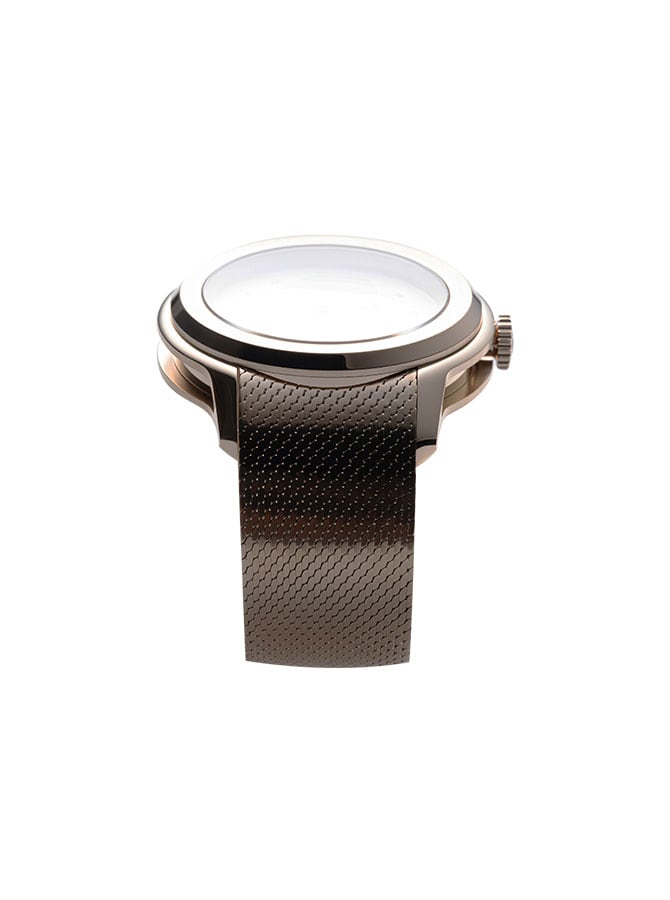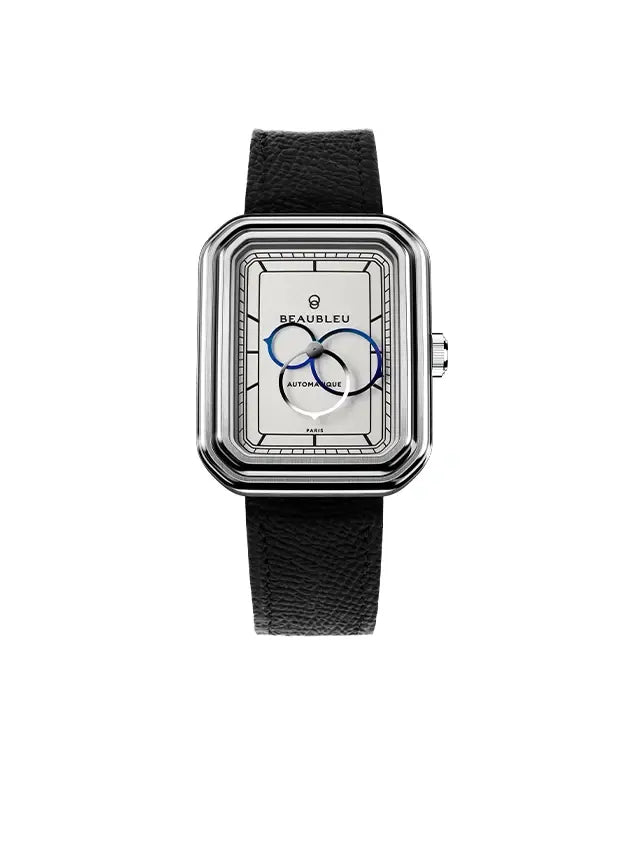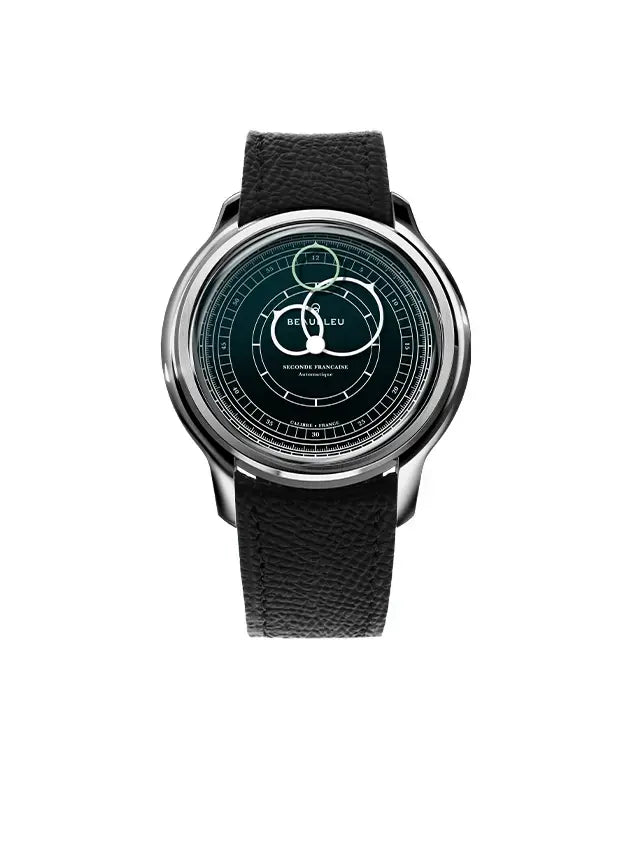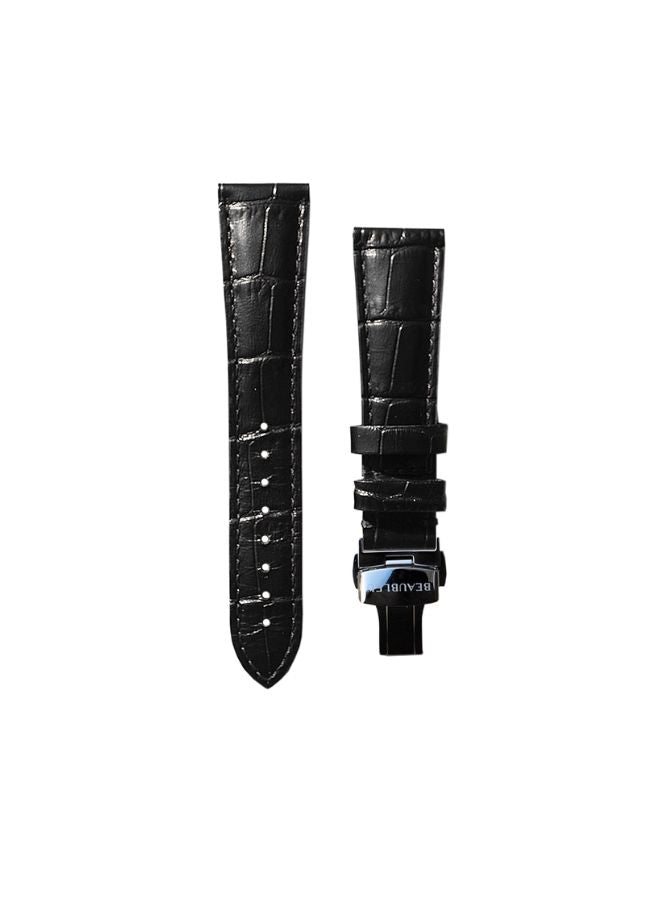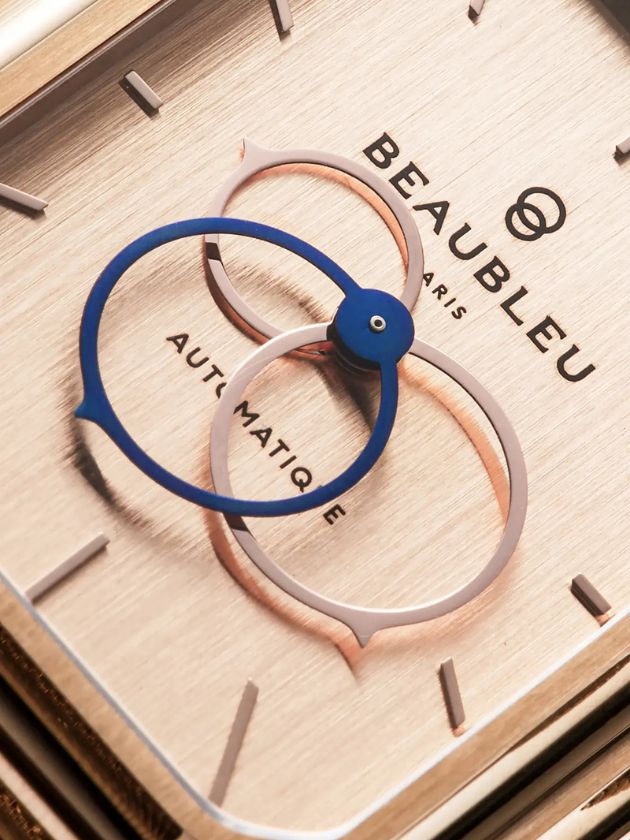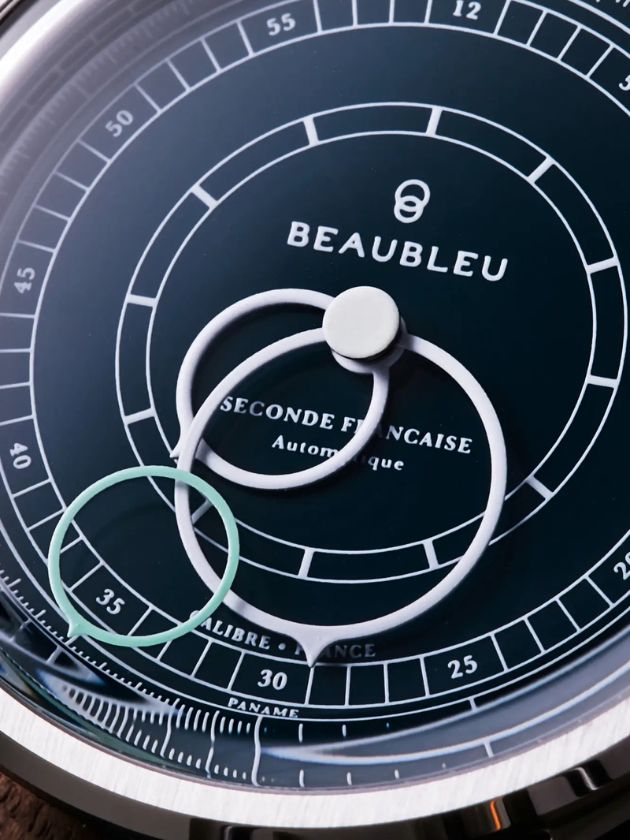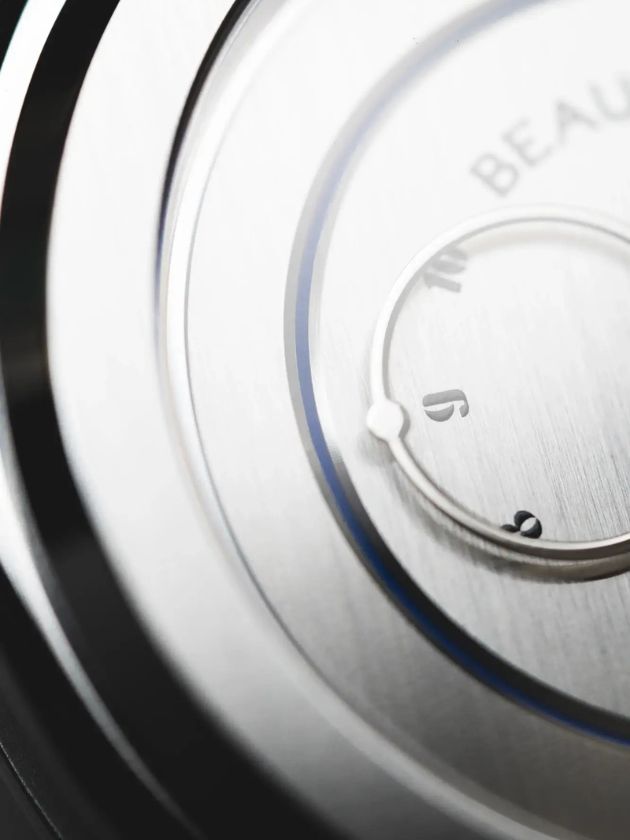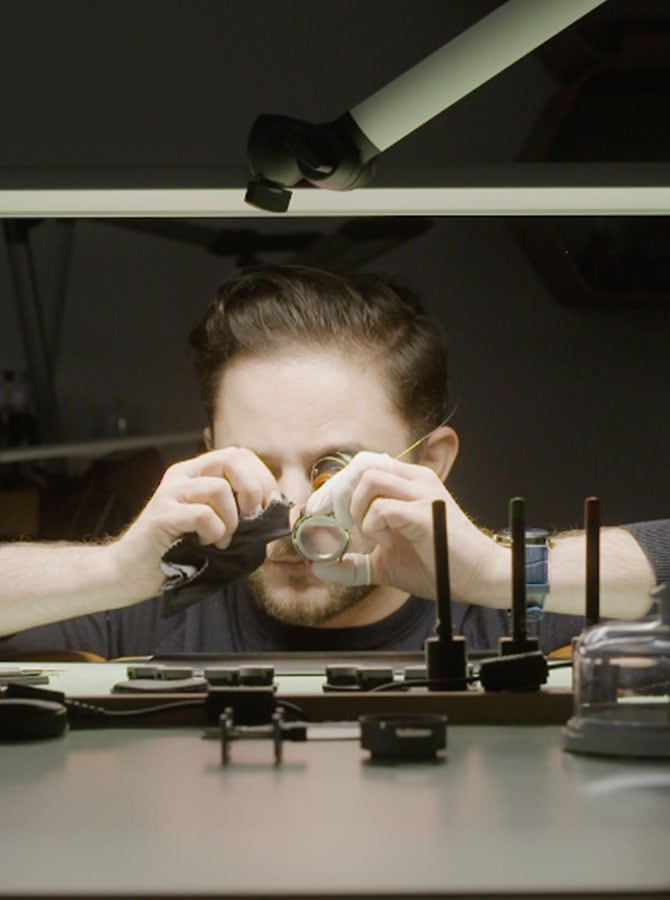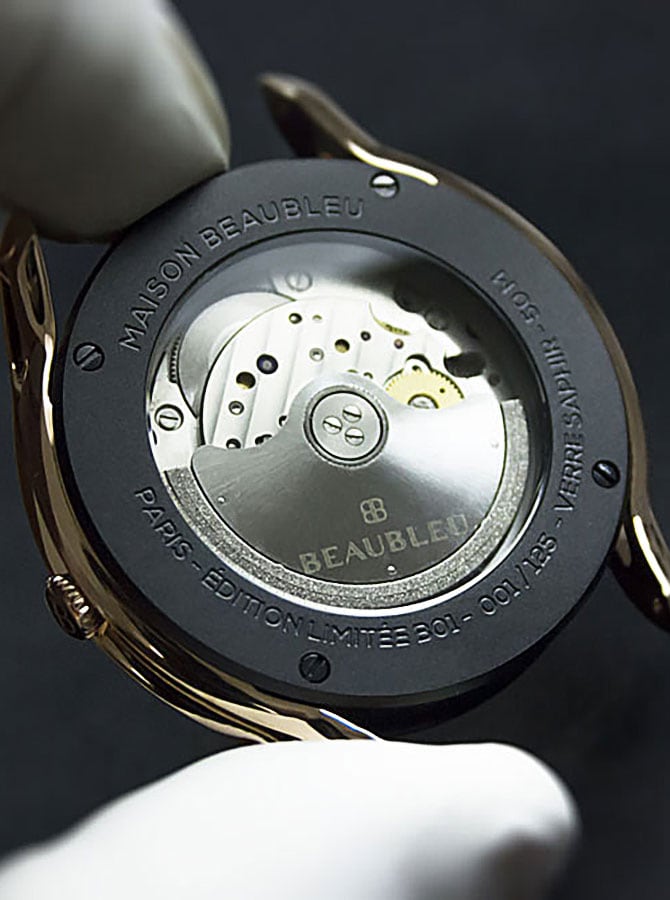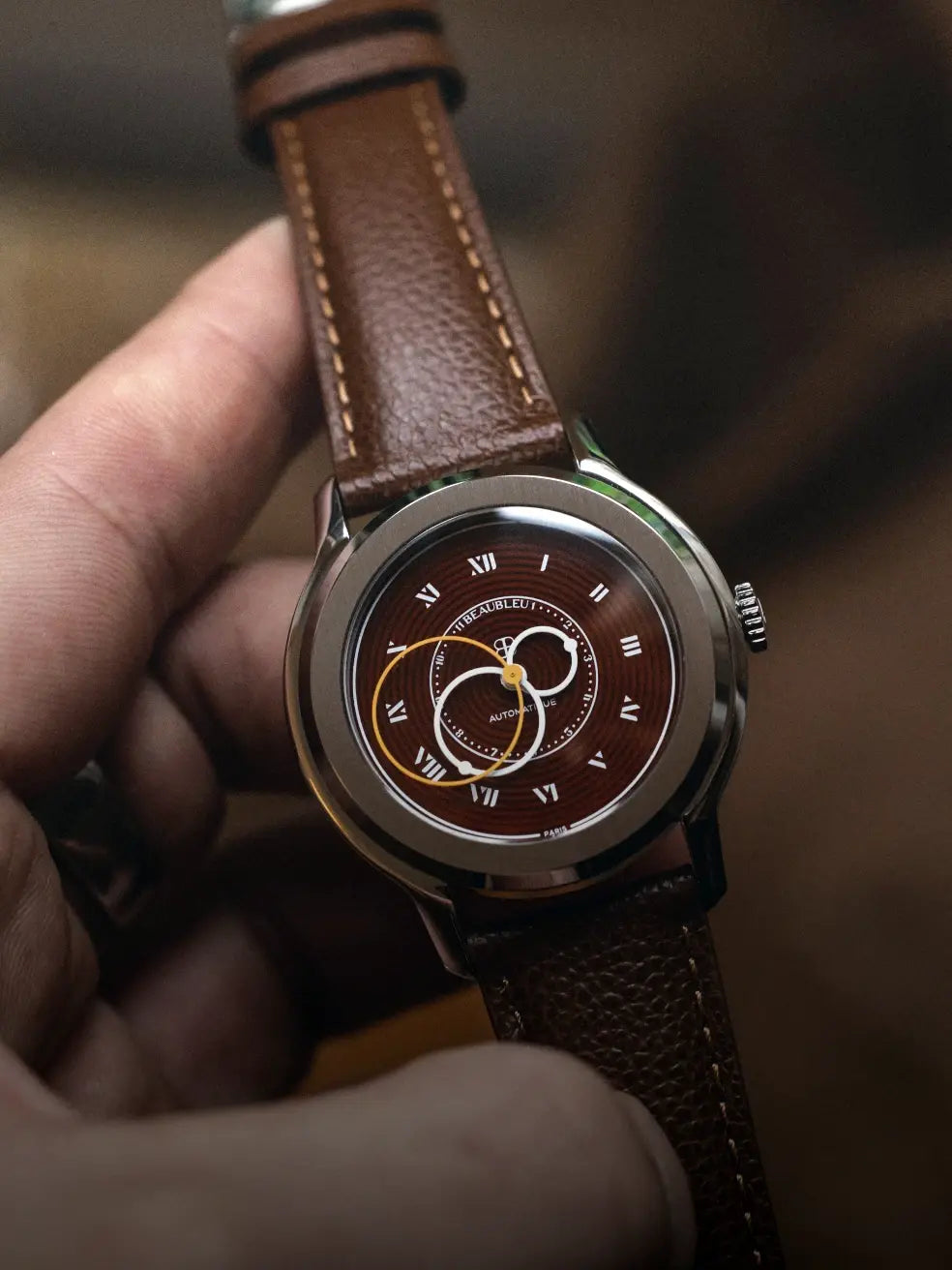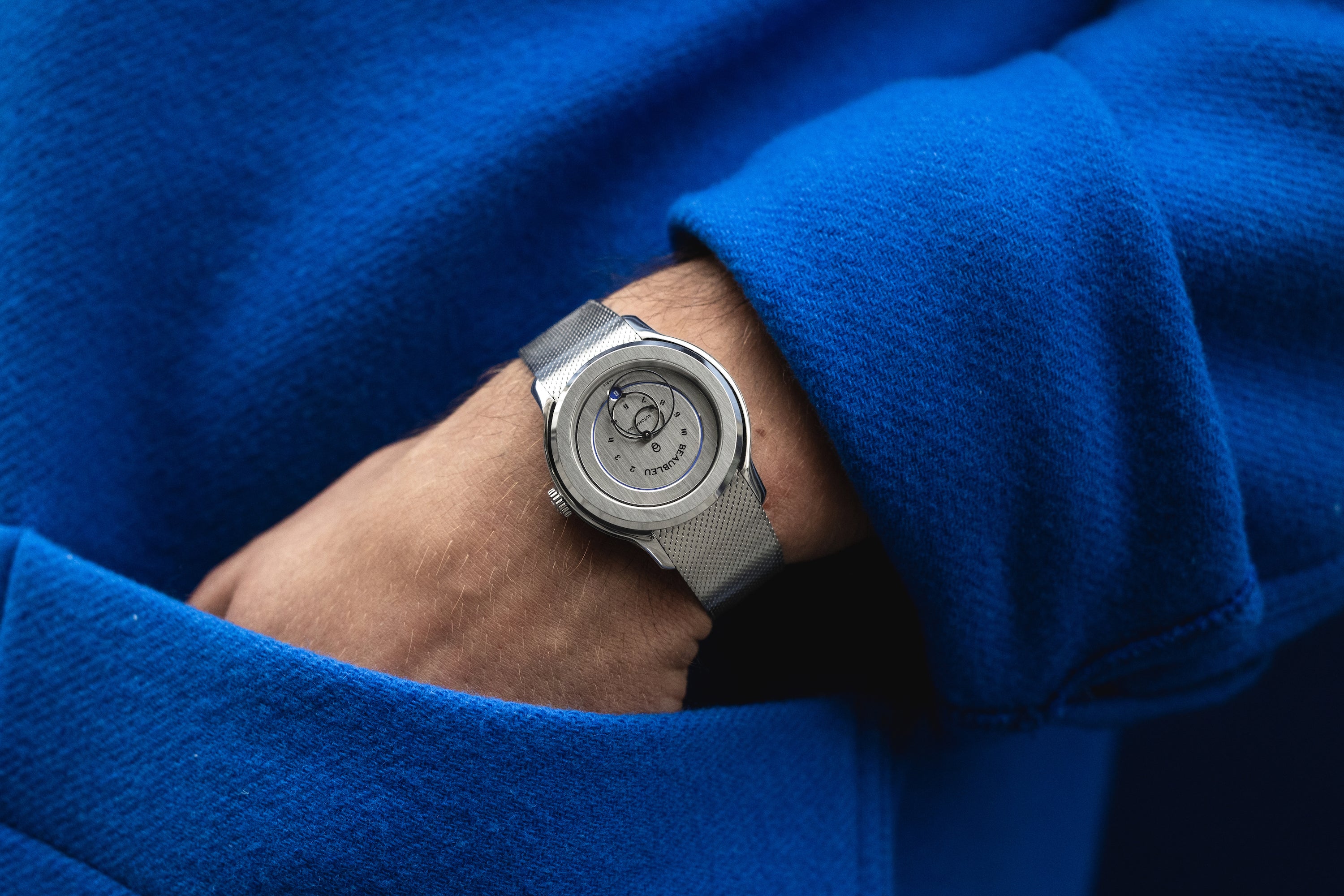
Why is a watch worn on the left wrist?
It is generally accepted that a watch should be worn on the left wrist. Why is this so? Is it a cultural fact anchored in our society or a trigger for this practice?
A decidedly historical fact
Traditionally, the watch was worn on the left wrist. This choice, both simple and practical, had its roots in the habits of the nobility from the 18th century. At that time, aristocrats wore their watches with pride, considering them precious ornaments, and naturally attached them to the left wrist. This preference was easily explained by the fact that the vast majority of individuals were right-handed: attaching the watch to their left wrist therefore allowed them to retain the freedom of movement of their right hand.
Furthermore, this practice was also dictated by pragmatic considerations aimed at protecting the precious timepiece. Indeed, frequent use of the right hand for various activities increased the risk of damaging the watch, which was particularly fragile at that time. Thus, wearing the watch on the left wrist was a wise precautionary measure, preserving the integrity of this precious and delicate object.
Watchmakers decide
All these reasons led watchmakers of the time to position the winders on the right side of the watches. This arrangement made the winding task easier for those who wore their watch on their left wrist.
Discover the Steel Date , from the Vitruve collection.
